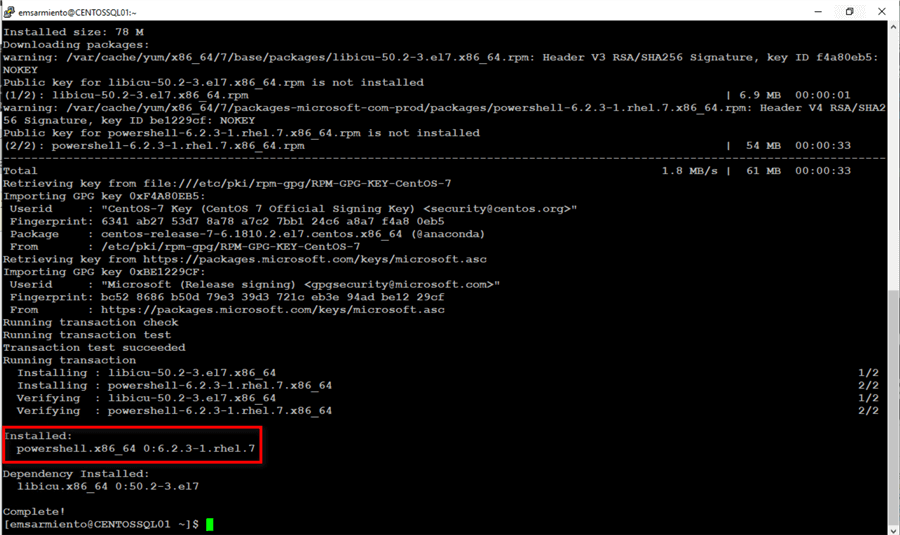
I actually have a script that does something similar: Otherwise you can not use this method and need the user to download it and install themselves. So if the software is not in a default enabled repository you should add a 'section=' to it. More info can be found on the apturl wiki page:īundling several packages: a href="apt:package1,package2,package3"Įnabling repositories: apturl apt:freevial?section=universe Otherwise you will have to execute the installation from Nautilus or command line.Ĭomplete text used for this is for Ask Ubuntu only so you need to reformat this into an anchor: ()

Īnd yes you need Ubuntu Software Center to finish the installation of a. The hotkey appears on the first screen you see after rebooting near something like "Enter Setup." Some common hotkeys are F2 (Acer, Asus, Lenovo, Dell, Origin PC, Samsung, Sony, Toshiba), F1 (Lenovo desktops and ThinkPad models, Sony), F10 (HP), and the Del key (Acer, Asus, MSI).The quickest method is like this. You can also reboot your PC and quickly (and repeatedly) press the BIOS hotkey for your manufacturer.Go to Advanced options > UEFI Firmware Settings.Click Troubleshoot when the PC comes back up.Click Restart now under "Advanced startup.".Navigate to Update & Security > Recovery.

Click the Start menu and select Settings.If you're using Windows 10 or 8.1, you can usually enter the BIOS from the desktop:.All BIOS are different, but what you'll need to do is find the section labeled "Boot Order" (it will be a list of drives connected to your computer) and move the USB controller (or the optical drive) to the top of the list.


Now that you have your Debian installer ready to go, you'll need to make sure you can boot from it. Configure your PC so that it can boot from a USB or optical drive.


 0 kommentar(er)
0 kommentar(er)
